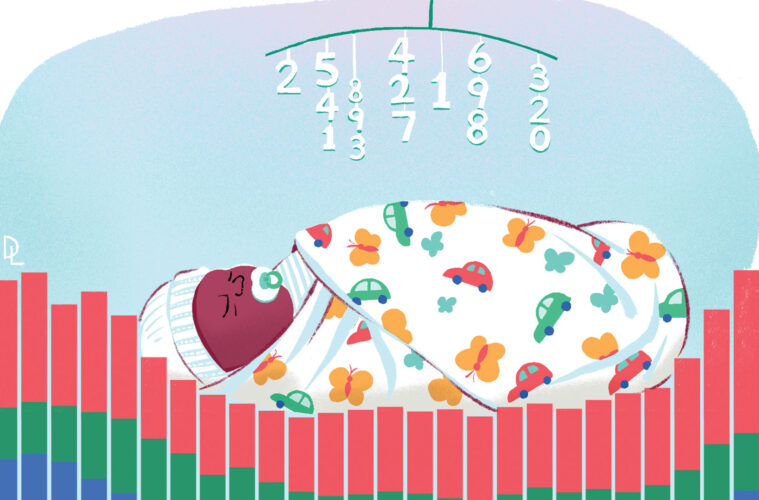Erika Miles ’92 Edwards is studying the causes and consequences of the issue.
In looking at neonatal intensive care units (NICUs), there can be inequities in care — especially with Black patients — finds Erika Miles ’92 Edwards. She researches the causes and consequences of the issue as director of data science for Vermont Oxford Network (VON), which is a nonprofit collaboration of more than 1,400 health care centers across the globe working together to improve neonatal care.
In America, Edwards reports, Black mothers are more than 50% likelier to deliver preterm babies than white mothers, and Black infants have a higher mortality rate than white newborns. “Our research shows that Black infants receive care at lower quality hospitals that have less resources, are less well staffed, and serve more patients,” she explains. “It’s also been shown that a majority of Black, Asian, and Hispanic infants receive care at hospitals where white infants do not.”
That lower-quality care creates a multigenerational problem: “The continued presence of structural racism and segregation has been shown to cause ‘weathering’ of a person’s genes,” Edwards notes. “That means prematurity can be passed down; so if a Black mom has a premature daughter, it’s more likely that her daughter in turn will have one.”
Edwards and her team at VON recently decided to dig deeper into more specific disparities in neonatal care, conducting a study of almost 170,000 infants at more than 700 hospitals. Their first finding revealed that health care providers frequently neglect to give pregnant women who are Black or Native American antenatal steroids, which encourage fetal lung development and maturity. A second finding showed that infants in those groups are also more likely to be admitted to the NICU suffering from hypothermia. “We don’t know exactly why these common standards of care are missing,” Edwards says. “But it likely comes back to the poorer quality and resources of the hospitals where these patients are admitted.”
Edwards and her team hope that by bringing findings like these to the attention of hospitals, staff members can improve “internal processes that include keeping newborns warm, or work with local providers to make sure that every mother receives the steroids,” she says.
“We want to have an impact by providing evidence-based, data-driven ways for them to achieve best practices,” says Edwards, who is also a University of Vermont research associate professor in the Department of Mathematics and Statistics and Department of Pediatrics.
Edwards designs webinars and other efforts to educate member NICUs on how to screen for social determinants of health, widely defined as the conditions in which people live, work, and play. If necessary, hospitals and clinics can then refer patients to social workers or pro bono lawyers who can help patients resolve disputes concerning housing, health benefits, and immigration.
The nonprofit’s grant program has provided seed money for innovative projects developed by member hospitals. These include nursing-led implicit bias training, peermentoring for moms going home with high-risk babies, and the purchasing of hospital-grade breast pumps to lend to patients who, for cultural or financial reasons, are reluctant or unable to breastfeed.
“Breast milk reduces the chances of all sorts of morbidities for a baby, but even so seemingly a small issue as this can become a matter of equity,” points out Edwards. “When your baby is in the hospital for 60 days and you need to work and provide child care for your other kids, you’re less likely to have the time to go back and forth to the hospital to breastfeed or to do it after you take the baby home.”
Neonatology has made “tremendous advances” during the decades that VON has been tracking infant mortalities, Edwards sums up. “Now we need to apply our efforts to the social aspects of medicine. From the time the baby arrives at the hospital through its stay there and continuing after its discharge, there’s a huge opportunity to consistently achieve better care and outcomes.”
As a Colgate senior majoring in sociology and anthropology, Edwards read a New York Times article about NICUs. She was intrigued by the idea of “these places and who works at them and how they are organized,” she says. After deciding to pursue a career in health care management, she obtained degrees in public health and epidemiology. “I had a statistical bent and wanted to apply it to health.”

